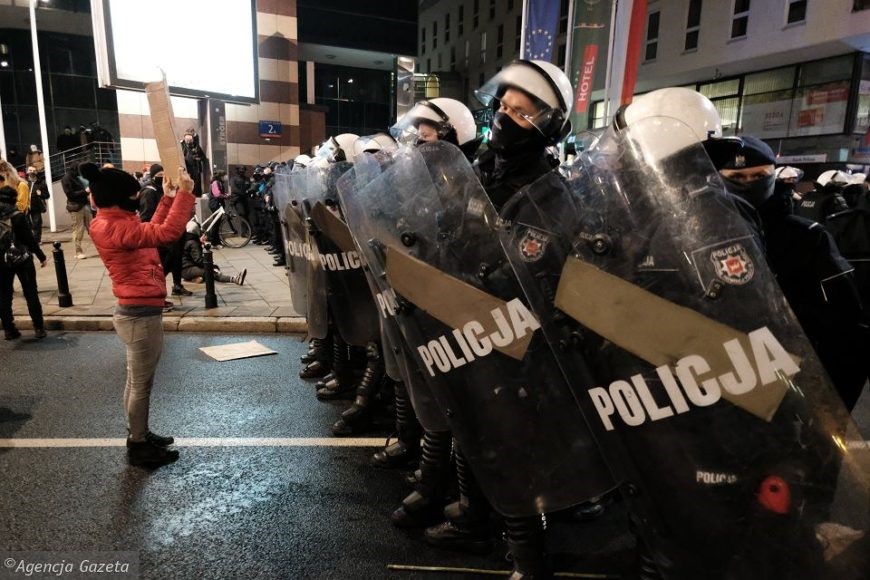Police brutality is usually defined as an excessive or unwarranted use of force by police officers against civilians taking forms of battery, torture, and murder. Some experts also include false arrests and harassment (such as insults and intimidation) into the broader definitions of police brutality since these also constitute abuse of power and have detrimental effects on the mental health and wellbeing of the victimized citizens.
Being one of the most sensitive and divisive topics, police brutality presents its unique challenges for researchers wishing to look into this problem. Nevertheless, don’t let it discourage you from paper writing. The fact that this issue is so charged only makes your research necessary and meaningful, as it sheds light on the problem and paves the way for possible solutions.
Good Practices of Writing Research Paper About Police Brutality
1. Keep your emotions in check
Chances are, if you have chosen this topic for your research project, you have stakes in the matter. You may have family members serving in the police force or be yourself from a community that is systematically targeted and victimized. However, a research paper is not a persuasive essay, and it must remain neutral. Good research papers on police brutality, as a rule, include police perception of the problem, brutalized demographics perception (ethnic minorities, low-income communities, etc.), cultures and backgrounds of both sides, and suggestions on how this problem can be solved.
Keep the tone of your paper objective, avoid sweeping statements, and give all the terms you use in your paper clear definitions.
2. Recognize your bias
As a researcher, you have to step back from your personal experience and inspect a problem in all its complexity. That starts even before you sit down to write your paper. Rather, it should happen when you develop your research question. Whether it’s looking into a number of people affected by police brutality or into profiles of officers found guilty of overstepping the line, you must see where this piece of knowledge will go to make up the whole picture and how vital it is to present it as accurately as possible.
After all, the better you will do your job as a researcher, the more effective will be a solution that people informed by your research could come up with.
3. People first
If your research involves surveying people, you will have to put more work into developing a questionnaire for a sensitive topic such as this. Getting truthful answers on issues such as breaking the law or abusing your authority is notoriously difficult. People who break the rules can be inclined to lie about it even when promised anonymity. Nonresponse rates go up, social desirability bias and fear of potentially harmful consequences come into play. To get more accurate answers, research various models designed to address this problem specifically (indirect questioning, normalization of sensitive issues, randomized response, etc.)
It helps if you extend your empathy to your potential respondents instead of judging them. See them as human beings, not as categories or types.

Keeping both perspectives in mind helps you address the problem in a more efficient way.
Police Brutality Research Paper Outline Suggestion
Depending on the scope and length of your paper, you may modify the suggested outline, merging some of the subheadings or breaking them into more detailed units. However, the overall structure should look something like this:
1. Abstract (optional)
For a longer paper, it makes sense to include an overview of the entire research summarized in a paragraph or two.
2. Introduction
For a research paper, it is mandatory to include a statement of the problem and purpose of the study (a more advanced version of a thesis statement from essays.) In other words, you explain what is currently known, what is unknown, why it is important that we should know, and how do you propose to fill this gap in the knowledge. Additionally, you may want to include:
- definitions of terms you use in your paper
- delimitations of your study (sample size, geographical location, demographics surveyed, and other things that limit the scope of your research), etc.
3. Literature review
In this section, you analyze and present relevant scholarly sources to give the complete picture of what is known. A literature review is your written report on the past studies that helped you build knowledge in the field and inform your research.
4. Methods
In this section, you detail the design of your research and the techniques you’ve employed. In other words, you explain what you did to gain knowledge on the subject.
5. Results
Present and illustrate the findings of your research with tables and figures.
6. Discussion
In this part, you explain how your findings have helped to fill the gap in the knowledge. Evaluate your results, comparing them with past studies and the information you have provided in the introduction. Here you may also include:
- recommendations (solutions to the problem based on your findings)
- limitations (gaps and weaknesses of your research and the potential directions of new research in this area)
7. Conclusion
The conclusion summarizes the entire work. Here is the place to present your final thoughts based on the findings. What all this means for the knowledge in the field, for researchers, and for communities trying to address police brutality?
For a smaller research paper, it makes sense to include your recommendations and limitation in the conclusion if they are too scarce for stand-alone sections.
8. References
Systematize and present all the sources you have cited in your study, either directly or as a paraphrase.
Whether you will devote an entire chapter to each of the sections presented above, or just a paragraph, this is how research papers are usually built.
The Way Research Should Follow
1. What we know
2. What we don’t know
3. How can we fill the gap
4. What you did to gain new information
5. The information
6. What this means for us
Need Research Paper on Police Brutality Sample? Order a Personalized One!
The typical difficulties one may encounter when trying to write a police brutality research paper include:
- inexperience in research design
- pitfalls in constructing a survey on a sensitive matter
- personal challenges in addressing this topic due to stakes in the matter
- keeping the neutral, objective tone of voice
- adhering to APA and other style guides’ recommendations as to wording and terms
- formatting and structure
None of the above is a problem for our expert writers! If you need a sample research paper, we can make one specifically addressing your research questions and demonstrating how this type of work should be done.










